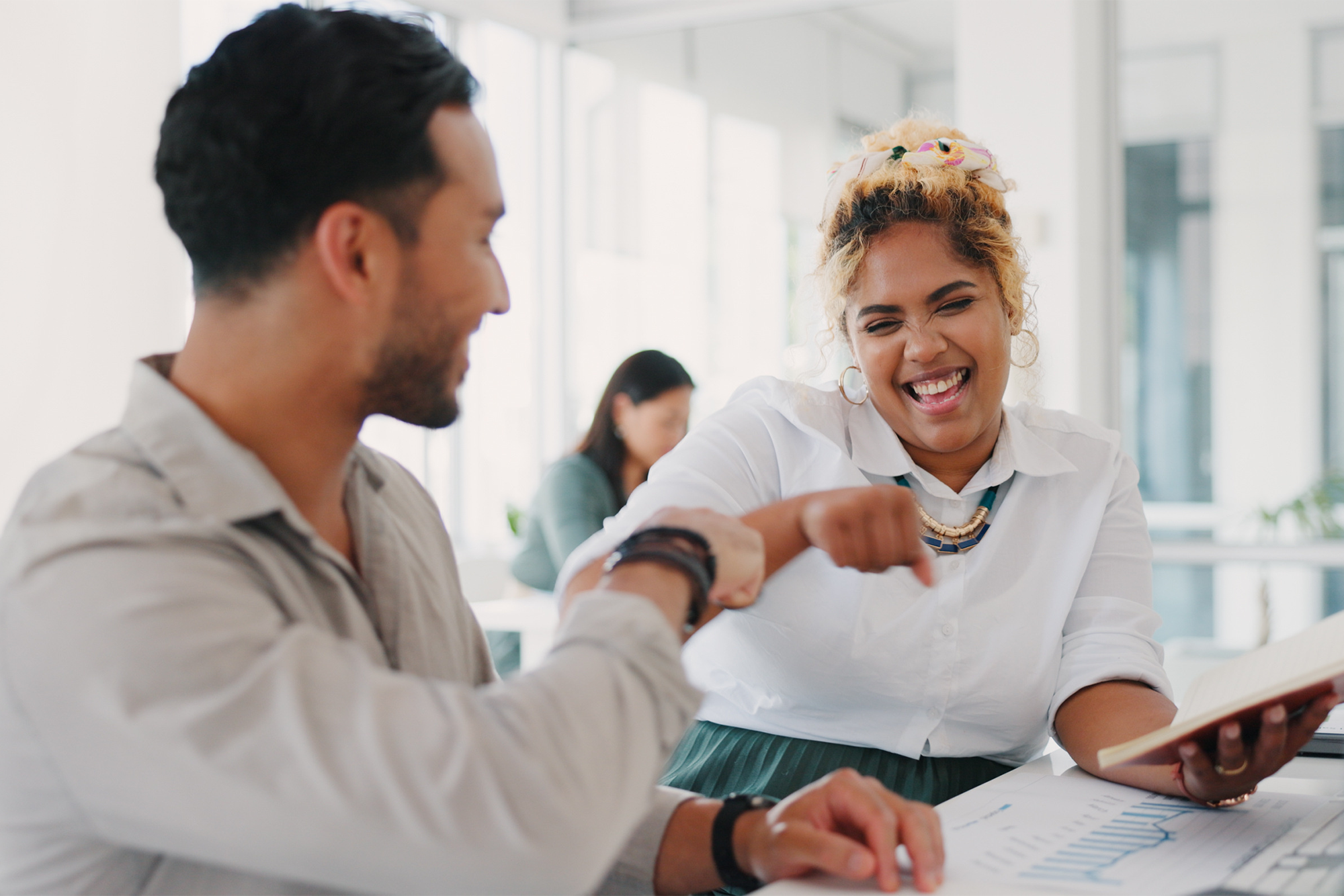Roofs are an essential component of any school building, providing protection from the elements and ensuring a safe and comfortable learning environment for students and staff. However, over time, roofs can deteriorate due to various factors such as weathering, aging, and improper maintenance. Regular roof inspections and timely repairs are crucial to identify and address potential issues before they escalate into costly problems.
The Importance of Roof Inspections
Regular roof inspections are essential for several reasons:
- Identifying Damage: Inspections help detect any signs of damage, including leaks, cracks, blistering, and missing shingles or tiles.
- Preventing Water Intrusion: A compromised roof can lead to water intrusion, resulting in interior damage, mold growth, and potential health hazards.
- Extending Roof Lifespan: Timely repairs and maintenance can prolong the lifespan of the roof, preventing premature replacement and saving on costly repairs.
- Ensuring Safety: A structurally sound roof is crucial for the safety of students, staff, and visitors, as it helps prevent accidents and injuries caused by falling debris or collapsed ceilings.
- Compliance with Regulations: Regular roof inspections help ensure compliance with building codes and regulations related to roof safety and integrity.
The Roof Inspection Process
A comprehensive roof inspection typically includes the following steps:
- Visual Inspection: A thorough visual examination of the roof surface, including the condition of roofing materials, flashings, and drainage systems.
- Interior Inspection: Checking for signs of water damage or leaks in the interior spaces, such as ceiling stains, dampness, or mold growth.
- Documentation: Documenting findings, including photographs and notes on any observed damage or areas of concern.
- Assessment of Structural Integrity: Evaluating the structural integrity of the roof, including load-bearing capacity and support structures.
- Identification of Repairs: Identifying any necessary repairs or maintenance tasks to address the detected issues.
- Reporting: Providing a detailed inspection report outlining findings, recommendations, and proposed repairs or corrective actions.
Roof Inspection Checklist
- Roof Surface
- Check for signs of damage, such as cracks,
tears, or punctures. - Inspect roofing materials (shingles, tiles,
membranes) for wear, deterioration, or
missing pieces. - Look for signs of ponding water, which can
indicate poor drainage. - Evaluate the condition of roof penetrations
(vents, chimneys, skylights) and sealants.
- Check for signs of damage, such as cracks,
- Flashings and Sealants
- Examine flashings around roof edges,
penetrations, and transitions for gaps, rust, or
corrosion. - Check sealants and caulking for cracks,
deterioration, or separation from the
substrate. - Ensure proper adhesion and watertightness
of flashings and sealants.
- Examine flashings around roof edges,
- Gutters and Downspouts
- Clean gutters and downspouts of debris,
leaves, and other obstructions. - Inspect gutters for sagging, corrosion, or
damage to the fascia board. - Ensure downspouts direct water away from
the building foundation.
- Clean gutters and downspouts of debris,
- Roof Drains and Scuppers
- Clear debris from roof drains and
scuppers to prevent blockages. - Check for proper installation and condition of
strainers and grates. - Verify that drains and scuppers are functioning
correctly and draining water away from the
roof.
- Clear debris from roof drains and
- Roofing Membranes (for Flat Roofs)
- Inspect membrane seams for signs of
separation, bubbling, or deterioration. - Look for blisters, wrinkles, or uneven areas in
the membrane surface. - Check for damage to flashing details and
termination points.
- Inspect membrane seams for signs of
- Roof Support Structure
- Assess the condition of roof decking, joists,
trusses, or rafters for signs of sagging, rot, or
water damage. - Look for evidence of pest infestation or wood
decay. - Verify that roof support members are securely
attached and structurally sound.
- Assess the condition of roof decking, joists,
- Roof Access and Safety
- Ensure safe access to the roof for inspections
and maintenance activities. - Check roof access ladders, hatches, and guardrails for stability and compliance with
safety regulations. - Provide proper signage and warnings for
potential hazards, such as fragile roofing
materials or steep slopes.
- Ensure safe access to the roof for inspections
- Interior Inspection
- Check interior spaces for signs of water
damage, leaks, or mold growth on ceilings,
walls, and insulation. - Look for stains, discoloration, or musty odors
indicating water intrusion from the roof.
- Check interior spaces for signs of water
- Documentation
- Document inspection findings, including
photographs and detailed notes. - Prepare a written report outlining observed
issues, recommended repairs, and
maintenance tasks.
- Document inspection findings, including
- Follow-Up Action
- Prioritize and schedule necessary repairs and
maintenance activities based on inspection
findings. - Implement preventive measures to address
identified vulnerabilities and extend the life of
the roof system.
- Prioritize and schedule necessary repairs and
Regular roof inspections and timely repairs are essential components of proactive maintenance practices for school buildings. By prioritizing roof safety and integrity, schools can protect their investments, ensure the safety of occupants, and create conducive learning environments for students and staff.
For more ways to keep your school safe, contact INSURICA today.
This article is not intended to be exhaustive nor should any discussion or opinions be construed as legal advice. Readers should contact legal counsel or an insurance professional for appropriate advice.
About the Author
Share This Story
Related Blogs
Personalization Now a Baseline Expectation in Employee Benefits
In 2025, personalization has moved from “nice to have” to “non-negotiable.” Employees expect benefits that reflect their individual needs, values, and life stages. Static, one-size-fits-all plans are being replaced by flexible, modular offerings that empower employees to choose what matters most.
Fertility, Family Planning, and Parental Leave Are Front and Center
In 2025, family-building support has emerged as a defining priority in employee benefits strategy. Fertility coverage, inclusive parental leave, and caregiving support are no longer niche offerings — they’re central to how employees evaluate workplace value. As life paths diversify and caregiving responsibilities expand, benefits managers are rethinking what it means to support the whole employee.
Gag Clause Attestation Deadline: December 31, 2025
Employer-sponsored group health plans must submit their 2025 Gag Clause Prohibition Compliance Attestation (GCPCA) to CMS by December 31, 2025, to confirm compliance with federal transparency rules. This annual filing covers the 2024 calendar year and applies regardless of employer size or funding arrangement.






